By The Numbers: March Sales Figures; Trouble Ahead for GMT900 Pickups?
Beware the Ides of March! OK, relax. The sales figures are in for Julius Caesar’s final month. While it's hard to find new ways to say "GM, Ford and Chrysler sales are sinking while Toyota's eating their lunch" month after month, it's not impossible. How about this: The Big 2.5 look more and more like Lawrence Edward Grace Oates (to Toyota’s Roald Amundsen). “I am just downsizing and may be gone for some time.” Anyway, the more things change, the more they change the same.
Compared to last March, GM sales sank four percent, Ford’s plunged nine percent and Chrysler Group’s tumbled 4.6 percent. Overall, domestic vehicle sales were down 3.7 percent— against the backdrop of ToMoCo's 11.7 percent sales gain. Despite Toyota's seemingly unstoppable ascension (managing Detroit's decline is still job one), there were a few reasons to be cheerful.
Pre-divestiture Chrysler watched The Dodge Boys move 32 percent more Calibers than last year, proving that their macho SUV-lite has legs. Less explicably, Charger sales galloped ahead by 40.8 percent. And thanks to the runaway success of their new four door, Jeep Wrangler sales scrabbled ahead by 63.8 percent.
The Ford Fusion continues to gain traction; sales are up 47.5 percent over last year. Capitalizing on the small car surge, Chevy sold 53.1 percent more gas-sipping Aveos in March ‘07 than in March ‘06. At the other end of the CAFE spectrum, Expedition sales rose 27.8 percent while Suburban sales were up a gargantuan 73.3 percent.
March on March, import sales were up 17.5 percent. Mazda came in with the lion’s share; the Ford sub’s sales rose by 47.9 percent. Mitsubishi showed a healthy 22.3 percent increase. Stalwarts Toyota and Honda clocked 15.6 and 13.6 percent increases, respectively. It would’ve been an even more dramatic import victory if not for Scion (down 23 percent), VW (down 15.3 percent) and BMW (MINI tumbled 5.1 percent).
For the most part, inventory levels declined across the board. Only two Fords exceeded the magical 90-day supply mark: the Mark LT (101 days) and Montego (95 days). Chrysler has recovered from the sales bank fiasco; only low volume models (Viper, Crossfire, Sprinter) are languishing on lots. That’s aside from the 117-day supply of Jeep Compasses, up 11 days from February.
While GM averages an 86-day vehicle supply, GMC has a 149-day supply of Canyons and a 125-day supply of Sierras. Chevy dealers hold 102 day’s worth of Silverados and 101 day’s worth of Colorados. Saturn lots are clogged with 214 days’ worth of IONs and Pontiac dealers are feeling the Vibes for 129 days. Meanwhile…
The average Toyota had a 46-day shelf life. Nissans disappeared in 67 days. Even last month’s lot queen, the Mazda B-series truck dropped from a 229 to a 183-day supply. Once again, the Honda Fit led the pack with just 13-day's supply ready for sale.
In sales per dealer (SPD), Toyota once again topped the chart, up 39 sales to 175 SPD. Surprisingly, Ford averaged more SPD than Chevy (57 vs. 52). At 38 SPD, Dodge led the way for Chrysler Group. In contrast, Mercury dealers moved seven units apiece. Once again, Buick set the floor, averaging only six sales per dealer.
Three manufacturers saw full-size pickup sales increase from February to March: Ford (up 16.2K), Dodge (up 9.6K) and Toyota (up 3.5K). After a healthy jump from January to February, total sales of GM’s newly- launched GMT900 pickups decreased by 4.7K units in March.
Considering increased Sierra and Silverado inventory levels, and a sales decrease against its competitors’ increases, this could be an early indication of serious problems to come. Unless GMT900 pickup truck sales pick up or GM cuts production, we’re looking at a significant summer clearance sale. Any price reduction would likely be met in kind, leading to the beginning of the end for full-size pickup truck margins (as previously predicted here).
At the same time, domestic manufacturers have been slow to offer suitable alternatives to their larger and more profitable trucks. It may be too late to regain lost ground. In March, domestic light truck sales sank 4.8 percent while more economical imported light trucks rose 18.3 percent. GM’s small pickups—the Canyon and Colorado– fell by 14.6 and eight percent respectively. Toyota’s Tacoma is up 16.5 percent.
Taken as a whole, March’s sales figures indicate that the domestics are still struggling to stem the transplants’ ceaseless onslaught. The trend toward downsizing also continues, although perhaps not as radically as some have predicted.
Next month, TTAC’s launching some new methodology. I’m trending sales for selected vehicles from The Big 2.5 and Toyota in four different categories: Passenger Cars, Full-sized Trucks, Truck-based SUVs, and Car-based CUVs. I’ll post graphs showing the comparative results along with data from the same time last year. This should give us greater insight into sales trends across brands and models.
More by Frank Williams
Latest Car Reviews
Read moreLatest Product Reviews
Read moreRecent Comments
- SCE to AUX Over the last 15 years and half a dozen vehicles, my Hyundais and Kias have been pretty cheap to maintain and insure - gas, hybrid, and electric.I hate buying tires - whose cost goes by diameter - and I'm dreading the purchase of new 19s for the Santa Fe.I also have an 08 Rabbit in my fleet, which is not cheap to fix.But I do my own wrenching, so that's the biggest factor.
- MaintenanceCosts '19 Chevy Bolt: Next to nothing. A 12v battery and a couple cabin air filters. $400 over five years.'16 Highlander Hybrid, bought in 2019: A new set of brakes at all four corners, a new PCV valve, several oil changes, and two new 12v batteries (to be fair, the second one wasn't the car's fault - I had the misfortune of leaving it for a month with both third-row interior lights stealthily turned on by my kid). Total costs around $2500 over five years. Coming due: tires.'11 BMW 335i, bought in late 2022: A new HID low beam bulb (requiring removal of the front fascia, which I paid to have done), a new set of spark plugs, replacements for several flaking soft-touch parts, and two oil changes. Total costs around $1600 over a year and a half. Coming due: front main seal (slow leak).'95 Acura Legend, bought in 2015: Almost complete steering and suspension overhauls, timing belt and water pump, new rear brakes, new wheels and tires, new radiator, new coolant hoses throughout, new valve cover gaskets, new PS hoses, new EGR valve assembly, new power antenna, professional paint correction, and quite a few oil changes. Total costs around $12k over nine years. Coming due: timing belt (again), front diff seal.
- SCE to AUX Given this choice - I'd take the Honda Civic Sport Hatchback (CVT). I 'built' mine for $28777.To my eye, the Civic beats the Corolla on looks these days.But for the same money, I can get an Elantra N-Line with 7-speed DCT, 201 HP, and good fuel economy, so I'd rather go for that.
- Kwik_Shift_Pro4X '19 Frontier Pro 4X. Next to nothing. All oil changes are on schedule. Got new tires at 60000 miles. Still on original brakes at 79000 miles. Those are due soon. Brakes complete estimate $1000 all in.
- Dr.Nick The cars seem really expensive with tight back seats and Cadillac was on the list of the highest price gouging dealers coming out of COVID. I don’t understand the combination, shouldn’t they be offering deals if they are not selling?

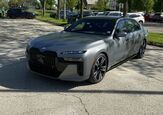

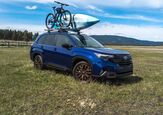









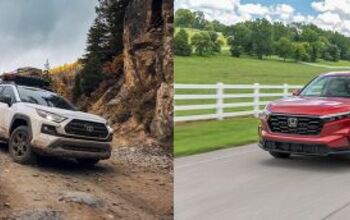
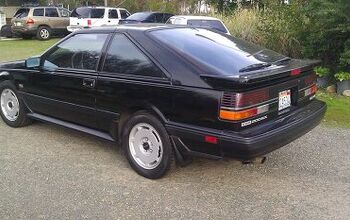
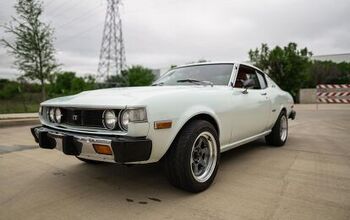
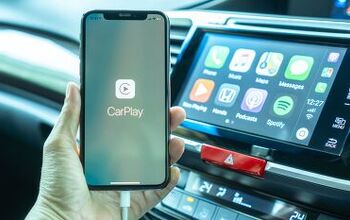

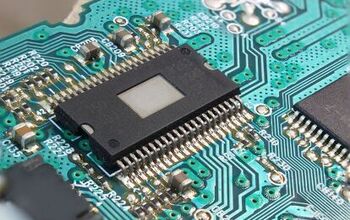
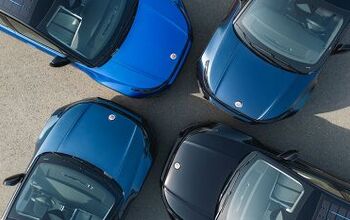

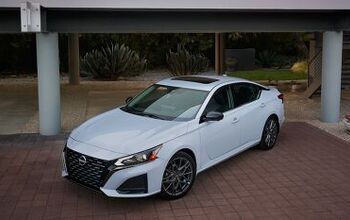
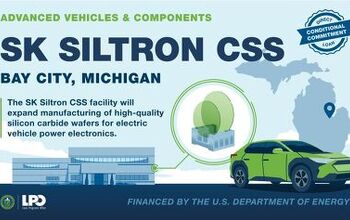
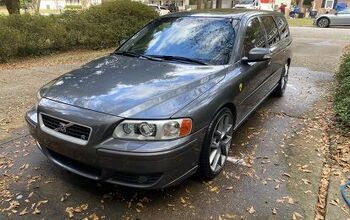
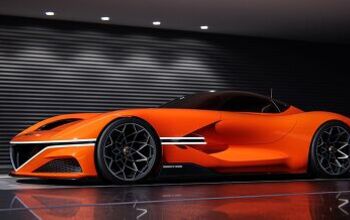


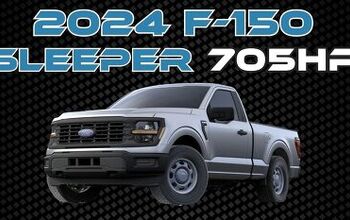

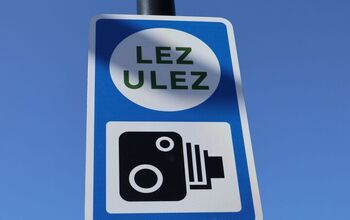
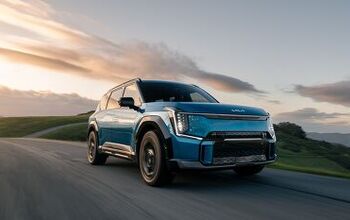
Comments
Join the conversation
I find it quite possible that the Buick/Pontiac dealers are surviving mainly on their used car sales. I don't think anybody who buys a used car really cares what kind of new car store the used department is attached to. An acquaintance once told me that when he was selling used cars, there was more profit to the dealer on used cars selling for $2-3K (which had been traded in for virtually nothing- maybe a few hundred bucks) than there was selling new cars for $30-40K. Consequentially, his commissions (determined by a percentage of the dealer's profit) were actually higher for selling these beaters than when he had worked the new car side of the store- at a Lexus dealership, no less.
Used cars and the service department are where most new car dealers make their profits. The new car sales department is there mostly to prime the pump. The real profits in new car sales happen in the finance manager's office where extended warranties, clear coat protectant, fabric protectant and the financing itself are all major profit makers. New car sales also provide the clean used car trade-ins which are bought cheaply from the customer. People who buy their cars new are also the best customers for dealer service departments. Service profit margins are sky high with dealers now charging $80-$125 / hour "book rate" labor. 90% of the time the mechanics beat the book times, so the real per hour charges are higher yet. Parts markups are also strong, with many dealerships charging more than the already high mfg. suggested prices for parts. Few customers cross shop parts costs, especially when the dealership is installing the parts. Almost all dealers lard extra services on top of the manufacturer suggested maintenance schedule, including pure profit items like "fuel system conditioners" and ultra high margin services like "power steering system flush".